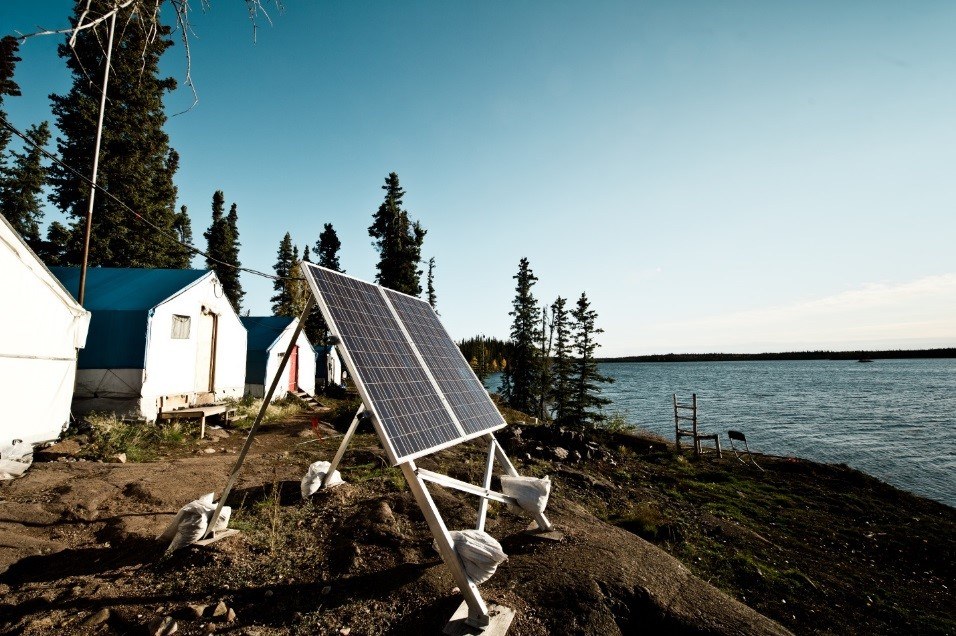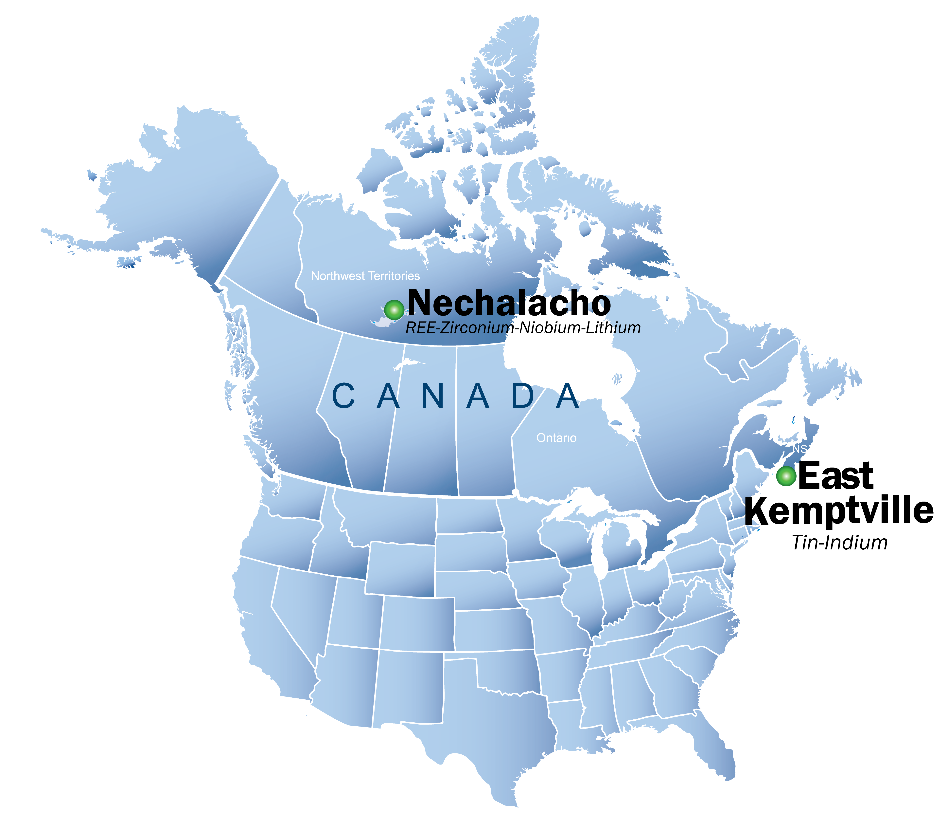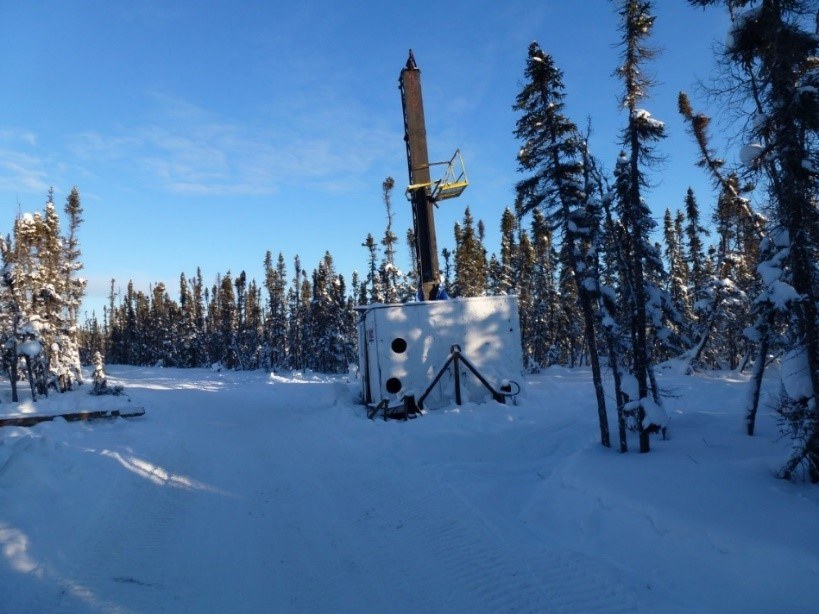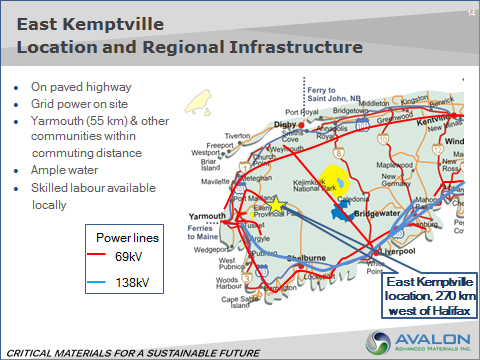

PDAC Guidance and Tools
1: GHG Emissions Calculator
In 2017, the Government of Canada lowered the GHG emissions reporting threshold from 50kt of carbon dioxide equivalents (CO2eq) per year to 10,000 tonnes (10 kilo tonnes, or 10kt) of CO2eq per year.
In addition, by 2019, all provinces and territories were required to enforce a carbon pricing mechanism or be forced to adopt the federal carbon pricing backstop. This resulted in 1) a charge on fossil fuels, that is generally payable by fuel producers or distributors, with rates for each fuel that are equivalent to $10 per tonne of CO2eq in 2018, rising by $10 per year to $50 per tonne in 2022, then rising by $15 per year to $170 per tonne in 2030 and 2) an output-based pricing system (OBPS) for industrial facilities emitting over 50kt of CO2eq per year. While exploration activities are very unlikely to hit the 50kt threshold to trigger OBPS, companies engaged in exploration work are still subjected to the charge on fossil fuels, either as a direct tax or through an increased fuel price via fuel producers or distributors.
In light of these regulatory changes, PDAC members operating in Canada are encouraged to proactively measure the total direct emissions in CO2eq of their activities. Preliminary estimates by Avalon Advanced Materials suggests that large-scale exploration drilling programs (i.e. in the order of 200,000 meters/year or operations with 10 or more drills) could produce sufficient GHG emissions to trigger this monitoring and reporting requirement (link to Case Studies).
The GHG Emissions Calculator is designed to capture the majority (75 percent+) of GHG emissions produced by a company's exploration stage activities and provide a ‘ball park’ estimate of emissions produced. The Calculator measures emissions from the following sources:
- Drilling
- Camp power
- Transportation (via company-owned vehicles)
- Project-related commercial travel
- Executive travel (i.e. non-project related travel)
The GHG Emissions Calculator can also assist companies in understanding the 'cost' of a fossil fuel charge per the federal backstop based on fuel use and GHGs emitted.
2: Variables Affecting Energy
Use At Exploration
There are a number of variables that affect the amount of GHGs emitted into the atmosphere during mineral exploration. The most obvious, of course, is location: projects located in remote parts of Canada are likely to have limited or no access to the electrical grid, and lack critical infrastructure, including roads, that make natural resource development possible. Other factors that affect energy use and GHG production, such as the quality of the ground and climate, cannot be controlled by the proponent.
Below is a comprehensive list of variables that affect the amount of GHGs emitted at exploration sites:
- Presence or absence of a camp.
- Camp heaters: efficient modern electric controlled vs. older, reliable but less efficient models.
- Camp or drill site access: fly-in increases GHG emissions vs. land transport.
- Climate: cold climates generate more GHG emissions than mild climates.
- Diameter of core: larger core consumes more diesel during drilling than smaller core.
- Depth of drill holes: deeper holes generate more GHG emissions than shallow holes.
- Number of holes.
- Quality of ground: one of the most important impacts on drilling diesel.
- Water supply: distance pumped, losses in ground, ability to recycle and need to heat all impact energy use.
- Model and condition of drill: a machine in poor condition may result in additional direct fuel consumption and indirect fuel consumption for transporting parts to the drilling site, maintenance of camps when drills are not operating, especially if the site is remote and only accessible by air.
- Drill crew skills: poor skills could result in higher fuel consumption due to stuck rods, burnt bits, and other factors.
- Waste management: removal of wastes from a remote site can result in significant energy use.Use of biodegradable materials, composting, reuse and efficient use of return transportation can reduce energy use.Heat recovery from burning combustables or from generators can reduce energy use. Using unpainted/unpreserved wood for example can be composted, but painted or otherwise preserved wood may require transport to licensed disposal facilities and cannot be burned for heat recovery.
- Transportation distances: for example, a round trip flight of 12,000 km in Premium Economy can generate 1.6 tonnes GHG emissions/person – Business Class generates even more.
- Water treatment requirements or use of recycling options.
- Energy supply: site diesel generated electricity is normally more GHG intensive than purchased from the grid.
- Energy efficiency of purchased electricity varies with the jurisdiction: some provinces such as Quebec Hydro are almost 0 kg/GJ, while Toronto hydro is 31 kg/GJ.
3: Carbon Footprint Of Exploration: Avalon Case Studies
SITE 1
Nechalacho Project - Remote Site
This remote site is located approximately 120 km southeast of Yellowknife in the NWT. It operated during the summer and winter and was on standby for approximately four months of the year during ice freeze up and ice breakup.
Temperatures at Nechalacho could reach +28 degrees Fahrenheit in the summer and plummet to -50 degrees Fahrenheit in the winter. The site included a camp for up to 40 people, though it averaged fewer than that. Thus energy use for camp heating, water heating for showers, kitchen and laundry facilities was largely produced from a diesel generator. Nechalacho was accessed largely by energy intensive plane, though periodic access by barge occurred in summer to deliver large or heavy materials, and occasionally by snow machine in winter.
Drilling consisted of one or two drills with a mix of PQ (85 mm inside core diameter, 122.6 mm outside diameter) and HQ core (63.3 mm inside core diameter, 96 mm outside diameter).1
Holes were relatively shallow and in competent granites and thus use less energy than longer holes in less competent ground. Water was normally not recycled, especially during the freezing conditions in winter, such that energy required for the once through water use was thus relatively high. The largest annual program consisted of 27,700 meters of drilling in a $10 million dollar program. The maximum total annual GHG emission for this program were approximately 1,350 tonnes.
SITE 2
East Kemptville Project - Road Access (non-Remote)
The East Kemptville site is located in southern Nova Scotia. It is a brownfields2 site with road access, which means all equipment, supplies and personnel are closer and can get to site in a far more energy efficient manner than plane or helicopter. There was no camp facility to consume energy in cooking, heating, showers, laundry etc. There was a small mobile trailer used on site for the small drill crew to use as a cafeteria, office, washroom and refuge station.
Water was available nearby and with the use of cyclones and settling tank, was recycled to the extent practical to reduce water use and associated energy.
Drilling occurred in summer only which reduced energy use for heating camp or drills vs the winter programs at Nechalacho in the NWT. The program included relatively shallow holes in granite and metasedimentary rock utilizing the smaller and lighter HQ drill rods that require less energy. Under these conditions, the rate of GHG and diesel use per meter drilled was significantly lower than the more remote site with a camp and in a cold climate.
Conclusions
Table 1: Annual drilling and GHG data at Nechalacho (Site 1) and East Kemptville (Site 2) projects
| Annual metres drilled | GHG/metre | Diesel/metre | Maximum expenditure per year | Maximum GHG tonnes per year* | Carbon tax at $50/t GHG per year | |
|---|---|---|---|---|---|---|
| Site 1 | 4,960-27,665 | 0.046-0.055 | 13.8-19.7*** | $10 million | 1,350 | $67,500 |
| Site 2 | 984-3,110 | 0.015-0.027 | 4.34-5.67 | $1.3 million | 94 | $4,700 |
*This includes all sources of GHG at site including camp, gasoline and aviation fuel, and diesel for heating, energy production and drilling.
4: Guidance For Reducing Ghg Emissions At Exploration
One of the most important factors in GHG generation during exploration is the quality of the ground where one is drilling. For example, drilling in difficult ground where there is water loss, need to frequently change bit, jammed rods and other uncontrollable variables significantly increases drill diesel use. However, there are other factors that can in certain circumstances be managed to reduce diesel use at exploration sites, including:
- Minimize water pumping: This can be done by recycling at the drill vs. continuously pumping fresh water from a distance, and pumping used water to settling basins distant (at a distance?) from the site.
- Insulation: Good drill and camp insulation can reduce heat losses. It also has the benefit of reducing sound impacts.
- Energy source: Diesel is more GHG intensive than natural gas, gasoline or propane per litre. However, one must also consider that diesel motors with higher torque may consume less fuel (litres) to complete the same amount of work.
- Transportation management: Well-planned transportation of goods, people, equipment and wastes, especially at remote sites, can significantly reduce GHG from transport.
- Solar and wind generators: Due to short payback periods normally required for drilling programs, these options are normally not a cost-effective option for diesel-operated drills. However, as a reliable back-up to diesel energy, solar and wind generators can allow for the use of much more efficient camp heaters (that require clean electricity to run them) than traditional diesel heaters. Modern heaters can reduce heating cost and GHG production by more than 50%. In the absence of the solar or wind options with battery back-up, these modern electric heaters would fail, resulting in a safety hazard in cold remote sites when compared to the more inefficient traditional diesel heaters.

Drilling contract incentives: There may be opportunities to use GHG reduction incentives in contracts. As companies often supply the driller with the fuel, there is less incentive to reduce fuel use. Different bits may be more GHG efficient in some ground than in others. Further investigation into this and other opportunities to incentivize GHG emission reduction is recommended.



